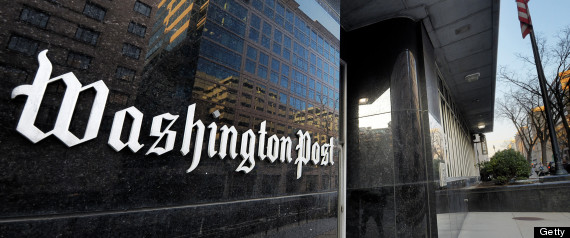According to the report, CBS had been getting between $0.65 and $0.75 per subscriber per month from TWC (the range likely due to variations in individual station performance in markets). According to the SNL report, this time CBS was demanding a minimum of $2.00 per month per subscriber.
That's a significant jump, for a network who's ratings (and thus value to multichannel operators and viewers) has been generally falling for decades. For example, last week CBS's top program pulled down a 2.5 rating. CBS was trumpeting its occasional success as top broadcast network in prime time ratings this last year, but a closer look shows that much of that was for sports, major one-off events, and its jumping the gun on the Fall season by starting several new series early (when every other broadcast network was in reruns). Ratings for regular programming was bad enough that at times the ratings for CBS shows fell below that of Spanish-language networks Telemundo and Univision. Average viewership for CBS, in fact, was on a par with cable network USA in 2012. That kind of performance doesn't seem to justify more than doubling carriage fees.
"Multichannel operators are experiencing programming cost growth from cable networks as well as from TV stations, leading to a decline in video margins for major operators from 32.4% in 2007 to 25.7% in 2012," Flynn wrote (in the SNL report). "Operators are walking a tightrope between stemming margin erosion via price increases and stanching basic sub losses via pricing restraint."Carriage costs are already resulting in increased subscription fees, and are arguably leading to subscribers cutting multichannel services. In the last fiscal quarter, total multichannel subscriptions fell by 366,000. If CBS can set a new baseline for carriage rights, the next round of negotiations can see many more networks seeking a doubling of fees - and while generating more cash for the networks, the added costs would most likely be passed on to subscribers. With the rise of alternative programming sources, or multichannel distributors choosing to drop carriage altogether (both of which could lead to a sharp decline in multichannel subscriptions and result in reduced net earnings for channels). We're seeing this in the blackout already, where ratings for CBS O&O local news programs dropping by a third or more. We're also beginning to see it in sports channels, where exploding program rights is leading to increased carriage fees - and when combined with the increase in national and regional sports channels, is causing many multichannel distributors to package many of the channels into a separate tier (as they attempt to keep basic tier prices within reason).
My point is that carriage/retrans fees are not a zero-sum game, with gains for programmers coming out of multichannel distributors' monopoly profits. This isn't the old days of cable local monopolies - TV and video distribution markets are highly competitive. Furthermore, we may be reaching a threshold point where multichannel TV access transitions from being a necessity to being a luxury good - and where additional price increases tend to result in reduced overall revenues. If channels are too greedy, they may find that pushing for high carriage fees results in declines in available audience - which results not only in lower revenues from carriage fees, but also lower revenues in advertising. And that's the really critical issue, as advertising remains the dominant revenue stream.
Source - Analyst: CBS/TWC retrans battle could 'alter the economics' of the industry, Fierce Cable
The changing economics of retrans consent and what's at stake, SNL Kagan report




























